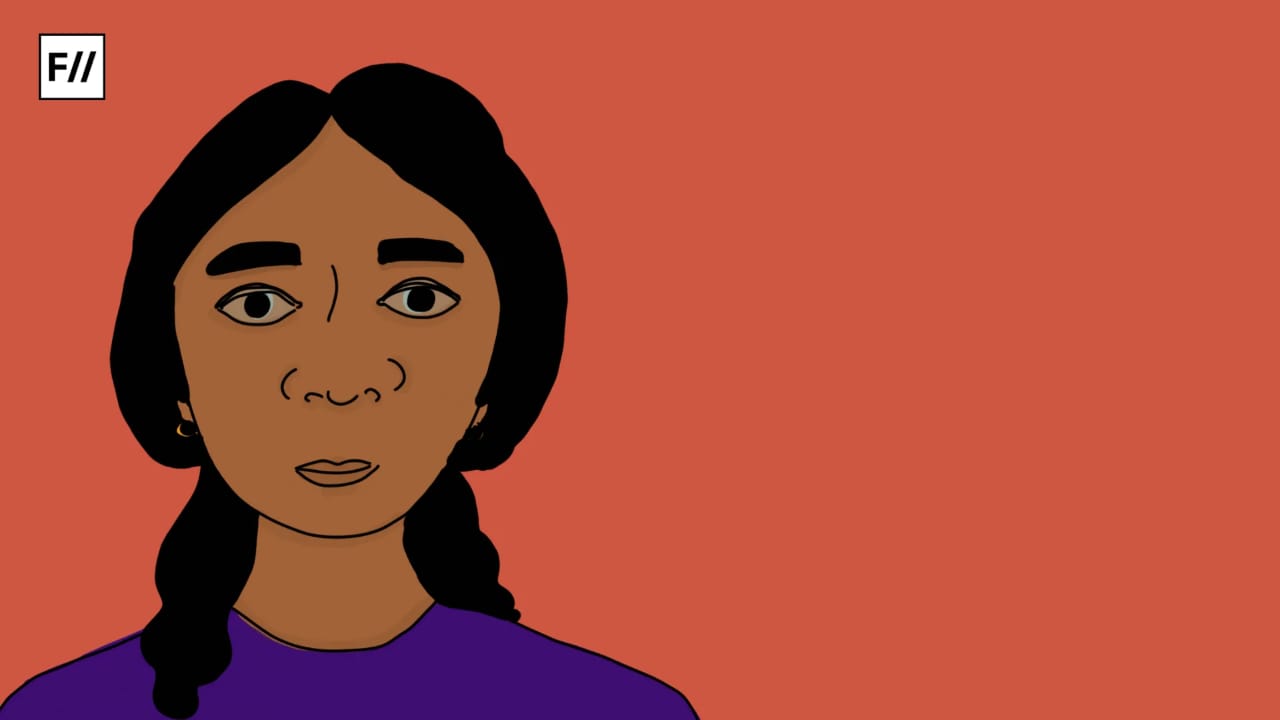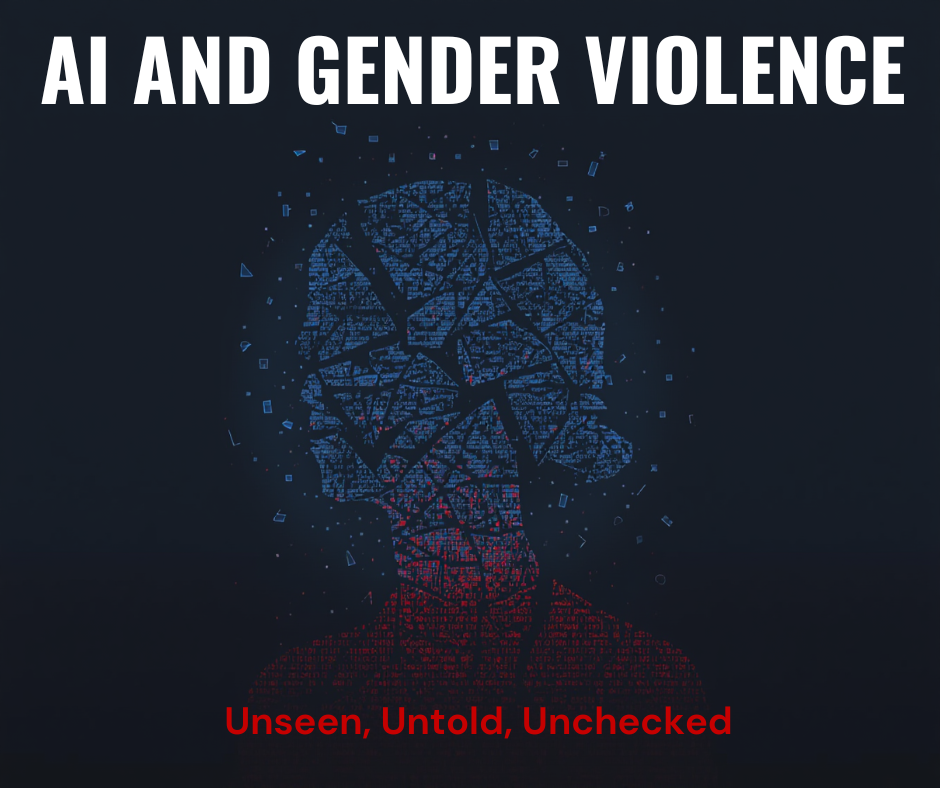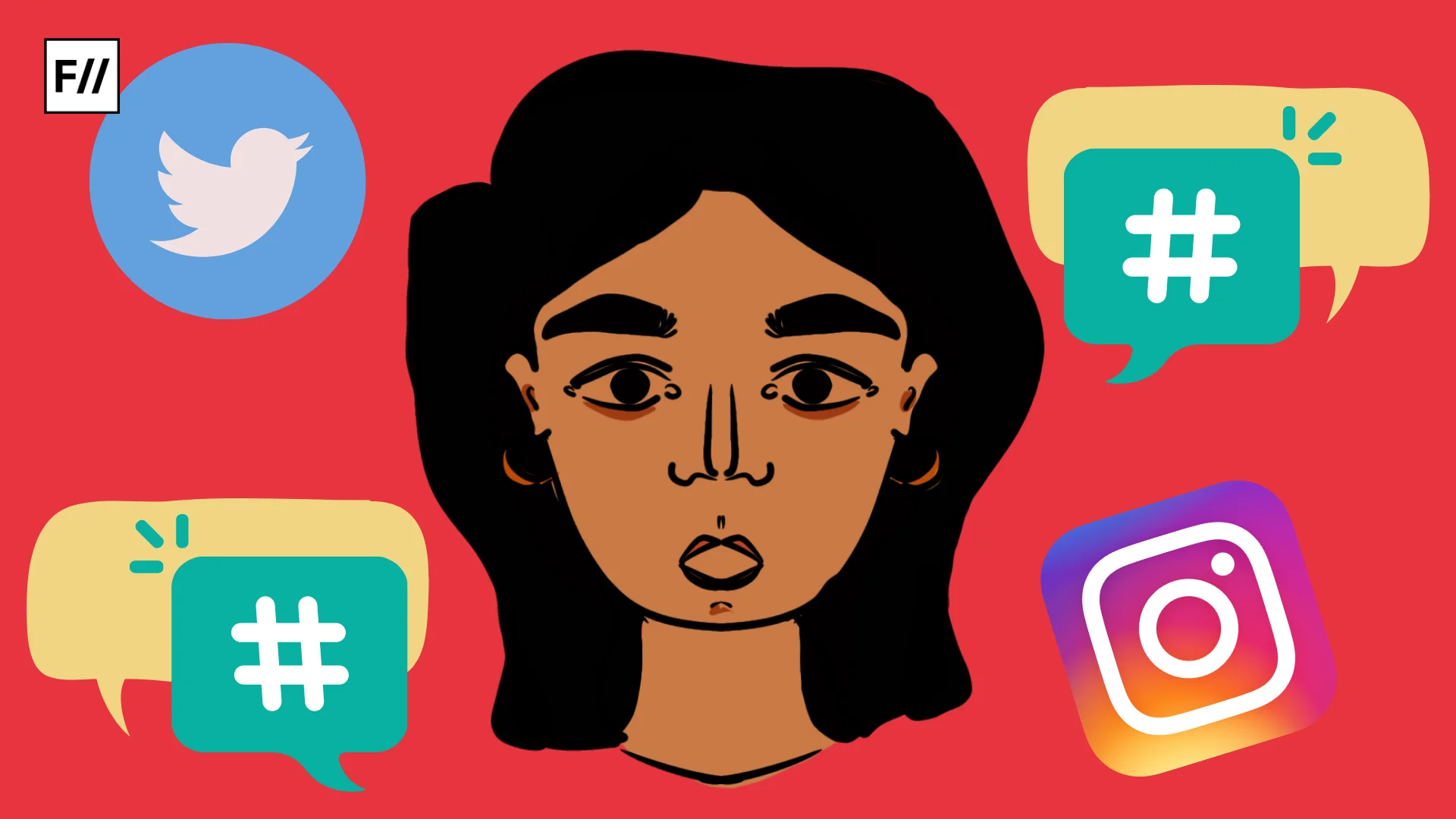In December 2024, Atul Subhash took his own life. In a video recorded before his death, he accused his wife and her family of harassment. Subhash, who was in the midst of an acrimonious divorce, claimed that men in the country were being persecuted and that Indian laws and the judiciary were biased towards women. Along with the video, Subhash left behind a violently misogynistic letter addressed to Indian judges.
Subhash’s story first went viral online after the manosphere rallied behind it, soon after, the media entered the mix and joined the cacophony of voices against men’s persecution and wives financially abusing their husbands. Indian media, especially broadcast media, chose to sacrifice fact-based and neutral reporting and instead chose to lend legitimacy to MRA talking points through sensationalist and provocative coverage. However, what most media outlets across the country conveniently left out was Subhash’s violently misogynistic manifesto and his wife’s allegations of dowry harassment, domestic violence, and financial abuse against him.
In May 2025, when Sonam Raghuvanshi killed her husband with the help of her partner, while the newlywed couple was on their honeymoon in Meghalaya, coverage of the ‘honeymoon murder’ was relentless. Raghuvanshi’s pictures from her wedding day were a feature of television screens for weeks. Raghuvanshi was apprehended weeks after the killing and confessed. The case was an open and shut one, yet the media frenzy surrounding it would not abate.
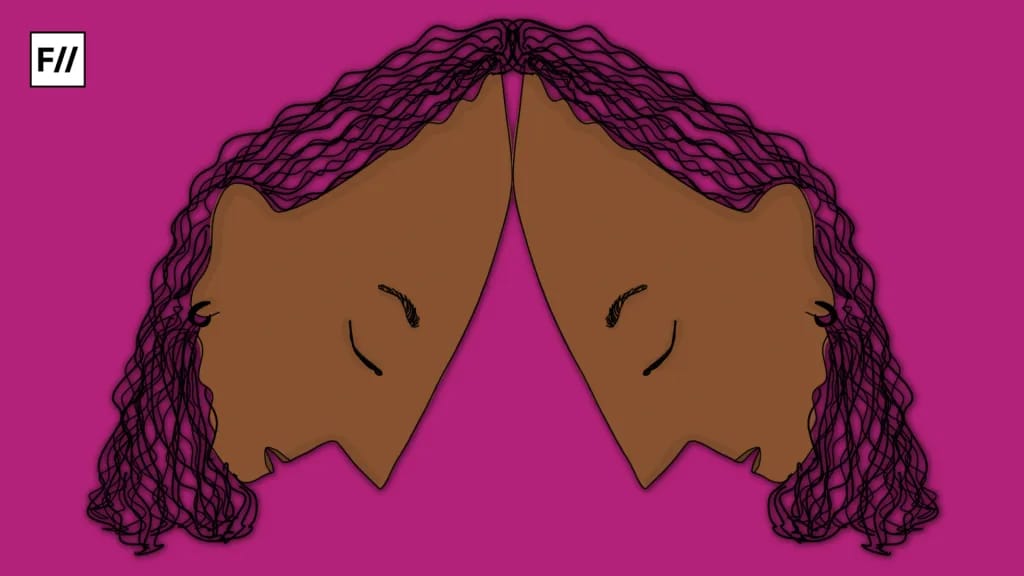
Raghuvanshi’s pictures were soon replaced by that of a blue drum. A Rajasthan woman and her partner had killed the woman’s husband, dismembered him, and hid his remains in a drum. The crime was witnessed by their young child. The media was quick to subject the young boy to endless interviews, asking him to recount his father’s killing repeatedly to keep eyes glued on screens and fingers clicking.
However, such relentless, frenzied reporting is often missing in cases of spousal violence where women are killed by their husbands. Some of these cases, often the more gruesome ones, make it on to the news, but the media narratives surrounding them are tame and public discourse is minimal and short-lived. Days ago, a Bengaluru doctor was arrested for murdering his wife by administering a fatal dose of anesthesia. While the pre-meditated murder found its way onto the news, the reporting surrounding it and other such cases of violence by husbands is handled very differently than cases where wives are accused of killing their husbands or abetting their death.
Indian media’s misogyny problem
It hardly needs to be said that Indian media is misogynistic. The media’s relationship with women in tenuous at best. This week, Rhea Chakraborty was cleared of any involvement in her then-boyfriend Sushant Singh Rajput’s 2020 suicide by the CBI. However, long before the CBI filed its closure report, Chakraborty was already tried, found guilty, and condemned to live with a scarlet letter in the court of public opinion, enabled by a sexist, misogyny-fueled witch hunt spearheaded by the media. The country’s media had branded Chakraborty a murderer, a drug peddler, and a gold digger.
The media feeding-frenzy surrounding Rhea Chakraborty and the Atul Subhash case is especially telling of the media’s misogyny.
The media feeding-frenzy surrounding Rhea Chakraborty and the Atul Subhash case is especially telling of the media’s misogyny. Both cases involved men dying by suicide. Chakraborty’s involvement in actor Sushant Singh Rajput’s death was based entirely on speculation. Yet, India’s media went berserk, deciding Chakraborty was involved in Rajput’s death and assigning guilt from the outset.
The reporting surrounding the case was a bizarre spectacle of vicious misogyny. From run-of-the-mill sexism to primetime theatrics and accusations of black magic, Indian media, especially broadcast media, disavowed fact-based journalism for misogyny-fueled pageantry. Atul Subhah’s suicide saw similar, but slightly toned-down, hysterics. Taking Subhash’s accusations at face-value and completely disregarding the accusations made by his wife Nikita Singhania, the media once again played judge, jury, and executioner. Media houses ran with the manosphere’s ‘persecuted Indian men’ narrative with no nuance or critical analysis.
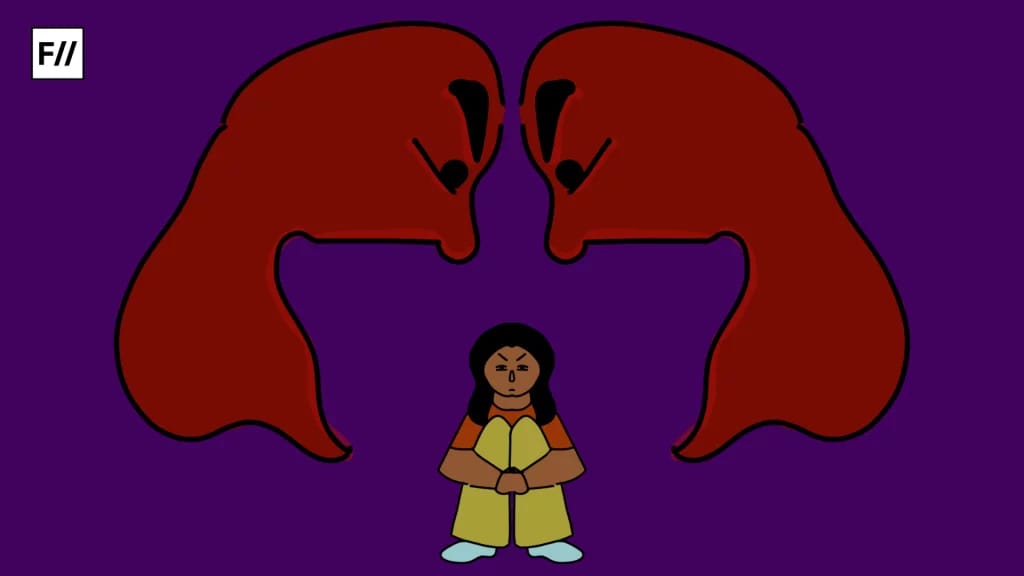
The misogyny in both cases is plain to see. Chakraborty’s witch hunt and the biased, one-side reporting in Singhania’s case reveal the misogyny underlying media reporting in this country. Neither case involved murder, yet the media was quick to assign guilt to these women. However, when cases of spousal violence against women and dowry deaths come to light, media response if often measured and restrained.
The contradictions in Indian media’s reporting
However, what is extremely telling is the media’s contradictory stance when it comes to spousal violence. Whenever a gruesome dowry murder or a case of sexual violence that has captured public attention makes it onto the news, there are debates about women’s safety and how the law needs to do more for women. However, once the news cycle moves onto the case of a man’s murder at the hands of his wife, the same media houses, turn around and talk about how the law is being weaponised against men, how India’s legal landscape and judiciary are excessively ‘women-centric’, and if there are systemic issues that need to be addressed.
Indian media, on the one hand, calls for stringent laws to prevent violence against women and asks for harsh punitive measures to be instituted, while on the other hand, it adds to the discourse calling for diluting the precious few laws that do indeed exist to protect women. The performative outrage in cases of spousal violence against women, then, is only theatre, where such violence is being condemned for the optics, with the same over-used script regarding women’s safety and stringent laws being regurgitated without any sense of irony.
The recent Noida dowry murder saw the media discussing how dowry continues to plague Indian society and the socio-legal failings that lead to the deaths of women like Nikki Bhati. However, this is the same media, that exaggerated and ran with inflated claims of the misuse of dowry and spousal cruelty laws following the Subhash case.
Indian media also tends to focus on spousal violence against women only when it’s fatal.
Indian media also tends to focus on spousal violence against women only when it’s fatal. Nikki Bhati’s case received coverage, and her years-long dowry harassment received attention because Bhati died a gruesome death that resulted in online virality. Singhania, on the other hand, also made similar accusations of dowry demands and abuse, but because she didn’t lose her life, the media’s sympathies don’t seem to lie with her.
Patriarchy and its effects on society, culture, and the media
Our media is a reflection of our society and culture. Therefore, the patriarchy that plagues our society and culture will always plague the media, too. Patriarchy not only allows for male violence, but its very existence also depends on it. It’s no surprise then that such violence is normalised and minimised in patriarchal societies. However, a woman, in the patriarchal imagination, can only be the recipient of spousal violence, never the perpetrator of it. The NFHS-5 survey found that 45.4 per cent of women and 44 per cent of men surveyed across 6,00,000 Indian households think wife-beating is justified in some cases.
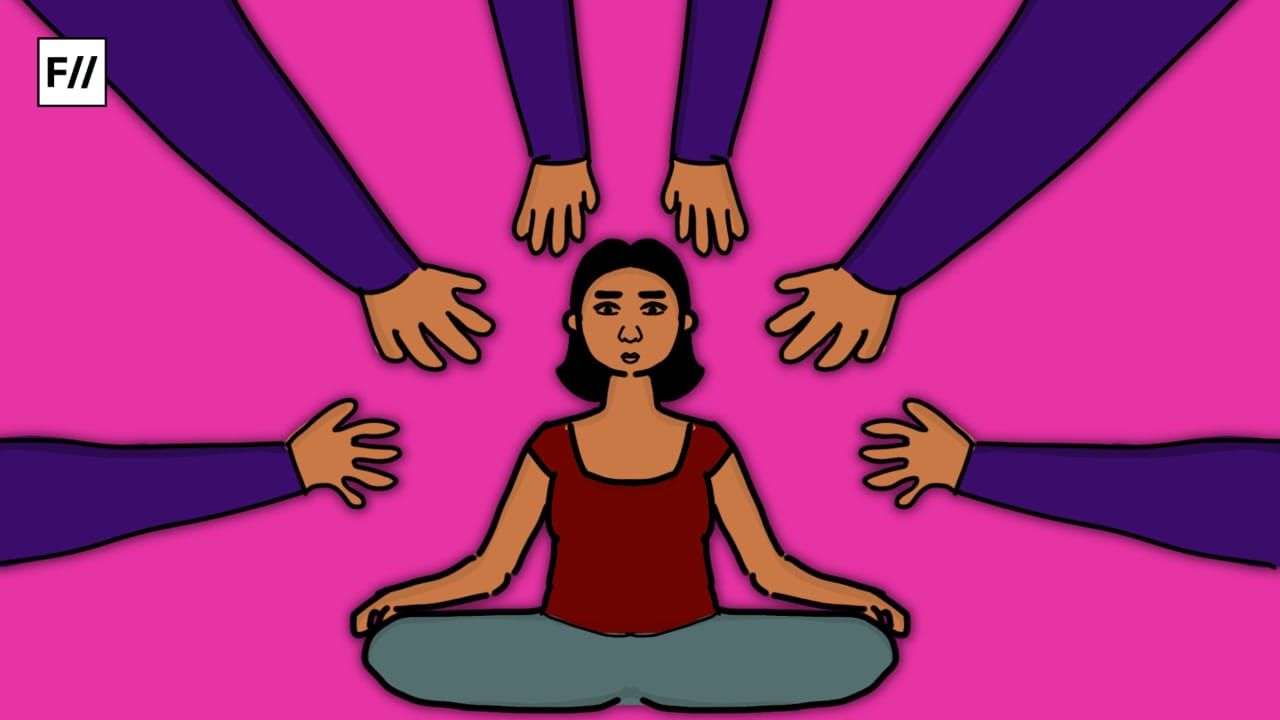
Tens of women die in this country each day, many at the hands of their spouses. We, as a society, have taken to condemning the atrocity at hand, demanding the strongest punishment possible, and then moving on, because ultimately our patriarchal culture make such violence inevitable.
However, when women are accused of violent crimes, especially against their spouses, it generates more outrage because it goes against patriarchal diktats regarding gendered power dynamics and the performance of gender. The patriarchy doesn’t just expect women to perform gender roles and be subservient to their husbands, it also believes in gender essentialism; women are assumed to be fundamentally and inherently different from men, naturally demure, agreeable, and level-headed, making them incapable of violence.
Further, the motives underlying spousal murders also find varying degrees of patriarchal acceptance. Dowry, while illegal, is wholly common and entirely normalised in Indian society. Dowry is a product and feature of the patriarchy. Because dowry finds patriarchal sanction, killings stemming from it don’t offend patriarchal sensibilities. However, often in the cases of women killing their husbands that make it onto the news and receive public attention, the cause is often women have romantic associations with another man.
India’s patriarchal society frowns upon even single women dating or having sex, then for a married woman to cheat is unacceptable, not because cheating in general is considered amoral and damaging, but because women cheating is considered an affront to ideas of patriarchal respectability, propriety, and masculinity.
Ideas of patriarchal propriety for women are rooted in purity culture. India’s patriarchal society frowns upon even single women dating or having sex, then for a married woman to cheat is unacceptable, not because cheating in general is considered amoral and damaging, but because women cheating is considered an affront to ideas of patriarchal respectability, propriety, and masculinity.
Understood alongside this context, biased and misogynistic media reporting is no surprise. These patriarchal ideas influence and shape media and public discourse and decides what is outrageous and what isn’t. In a patriarchal society, a wife killing a husband will always generate more anger and garner much more attention than a husband killing his wife, incentivising the media to focus its reporting on sensationalised and amplified murders of husbands alone. However, the media has a responsibility towards society and a duty to uphold journalistic integrity and be truthful in their reporting. In being misogynistic and hypocritical in their coverage, they only legitimise and strengthen patriarchal frameworks and MRA narratives.
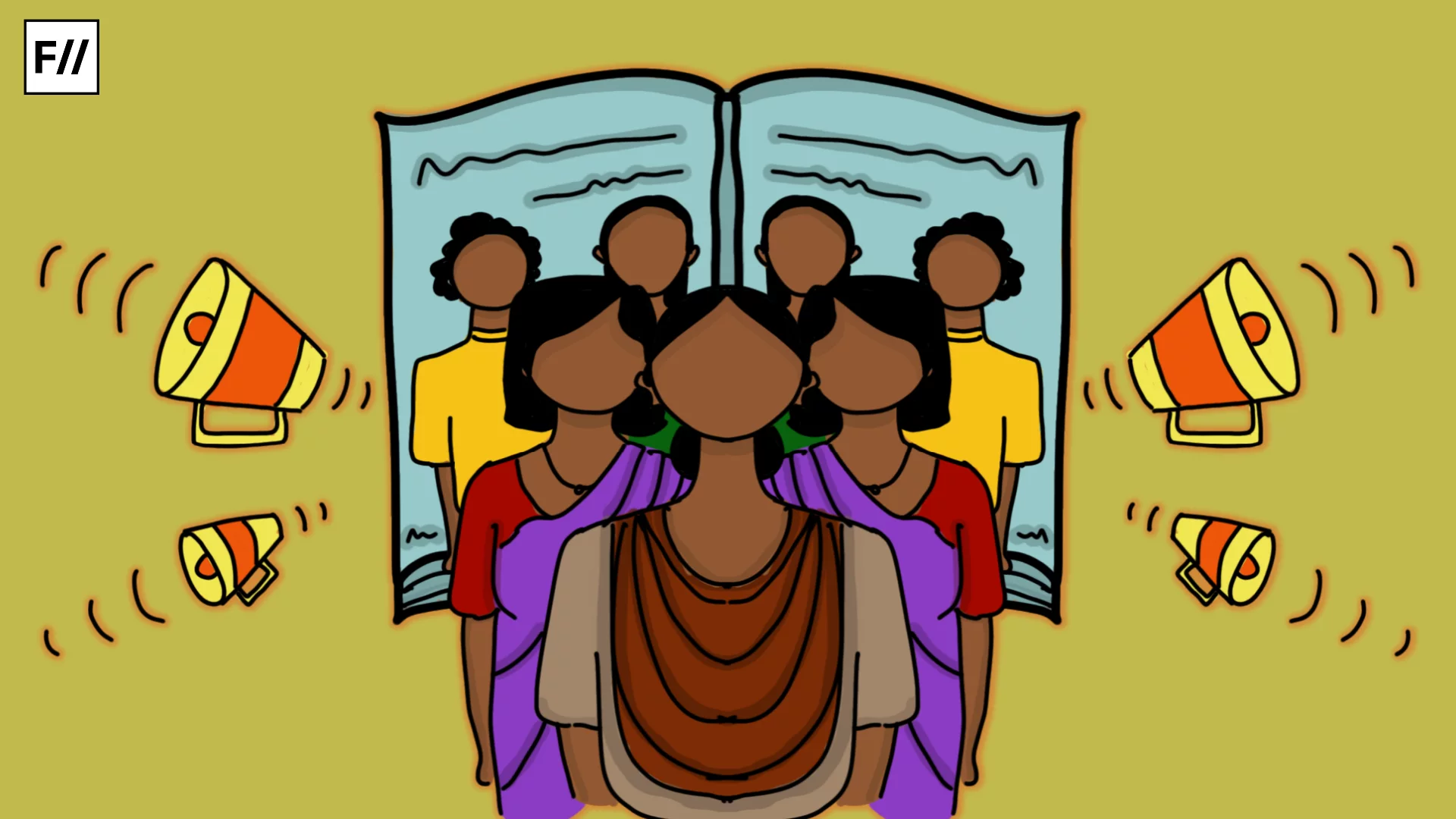
Turn on a news channel and you’ll likely believe there is a systemic issue of men’s persecution plaguing India. This idea is entirely divorced from reality. Whether the media is painting this picture because of numbers and calculated pragmatism or just because of misogyny is irrelevant, because either way, they are selling and pushing untruths.
About the author(s)
